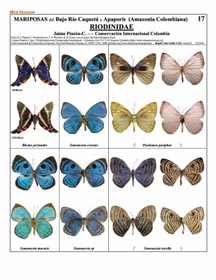Maybe not! According to Space.com (nice segue from last post, hmm?!):
So, now we all have another excuse to get outside and explore the night sky (and avoid the heat of the "dog days"). Be sure to check out their website for more information about the dog star and its relevance for other civilizations.The "dog days" of summer officially came to an end this week, but few people know what the expression really means. The phrase actually has a celestial origin.Some will say that summer's "dog days" signify hot sultry days "not fit for a dog," while others suggest it?s the weather in which dogs go mad.But the "dog days" are actually defined as the period from July 3 through Aug. 11 when the Dog Star, Sirius, rises in conjunction (or nearly so) with the sun. (http://www.space.com/8946-dog-days-summer-celestial-origin.html)
But, if thoughts of furry friends still occupy your definition of the dog days of summer, I've found a great website to learn a little about a very tough breed and the extremes under which they live and do their jobs. The Iditarod Trail Sled Dog Race begins on the first Saturday in March. Sled dog teams race over 1,000 miles across Alaska in unbelievable conditions. Those blizzard conditions seem almost welcome in this heat, right? Well, for an insider view, and for a wealth of information about the dogs and the race, check out the Official Site of the Iditarod (http://www.iditarod.com/). From the "Learn About" tab on the top of the page, you enter an area with vivid descriptions of the race, a glossary of musher terms, a map of the trail, trivia, and so much more (check out the list of links in the right-hand column). For an abundance of curriculum connections, resources and website links, be sure to navigate to the "For Teachers" tab on the top menu. There you'll find information about the dogs, how to build the sleds, and so much more. How about planning to IditaRead over the winter? Now's the time to look over the resources and decide if this is a fit for your classroom.
Not quite ready for snow yet? Well, don't give up on dogs! WonderWorks Exhibit Company sponsored a national tour called "Wolf to Woof: The Story of Dogs" (http://www.wolf2woof.com/index.htm). Their online exhibit resources are fun as well as informative. And, best of all in the summer, they are quick bites of information.
Don't play dead or roll over!
Enjoy the dog days of summer before school starts!





